What is Bioinformatics? It’s a BLAST
Lessons
# Soil sampling
Students will collect a sample to prepare for DNA extraction using a protocol for soil sampling.
Files
# BLAST
Students will search the NCBI database to identify a pathogen from a sequence of DNA. A webinar on this lesson can be found here on our YouTube channel.
Files
Teacher background
Students are expected to know that DNA is located in the nucleus of cells and that it provides the instructions necessary for life. Many students have examined the nuclei of their own cheek cells under the microscope and maybe extracted DNA from strawberries to provide visual demonstrations of these concepts.
While most of the DNA extracted during the strawberry demonstration is strawberry DNA, it was likely not a pure sample. There are other microorganisms (fungi, bacteria) that live on the inside and outside of the strawberries and there are likely skin cells that were transferred to the strawberry before exaction. As a result, those DNA extractions contain a mixture or pool of DNA. Is it possible to identify whether this mixture contains DNA from you? Under what circumstances is it important to identify the organisms within a mixed DNA sample?
Generally, the sequence of identifying an organism is: 1) sample collection, 2) DNA extraction, 3) amplification via PCR (targeted or barcode markers), 4) sequencing (barcode markers) or genotyping (targeted markers), 5) analysis.
This activity provides a real-world scenario to introduce a free resource that biotech scientists use to identify unknown DNA within a mixture. By using a DNA database and its associated DNA searching tool, BLAST, students will identify the source of DNA sequences from a list/set of unlabeled sequences that were collected from processing a soil DNA extraction. In turn, knowing the organisms within the soil will help farmers in the fight against diseases that destroy food crops around the U.S.
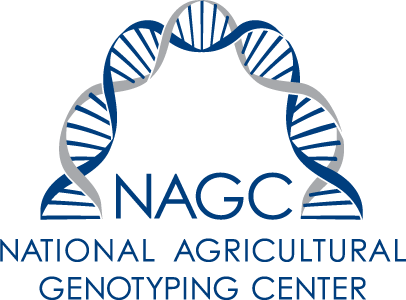
Next gen science standards
Science and engineering practices
- Asking questions (for science) and defining problems (for engineering)
- Analyzing and interpreting data
- Engaging in argument from evidence
- Obtaining, evaluating, and communicating information
Crosscutting concepts
- Patterns
- Stability and change
Disciplinary core ideas/content
- ESS2A Earth materials and systems
- ESS2E Biogeology
- LS1D Information processing
- LS4A Evidence of common ancestry and diversity
- ETS2B Influence of engineering, technology and science on society and the natural world


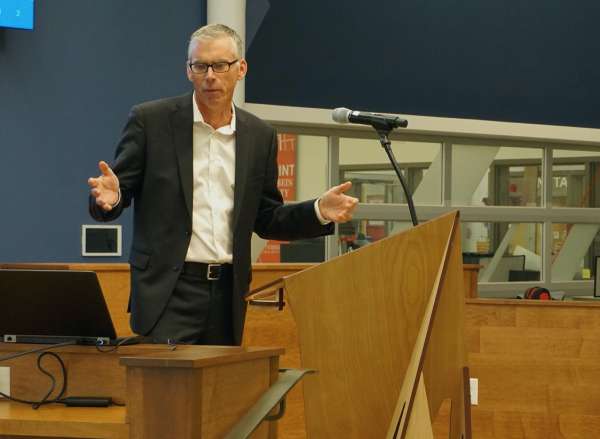
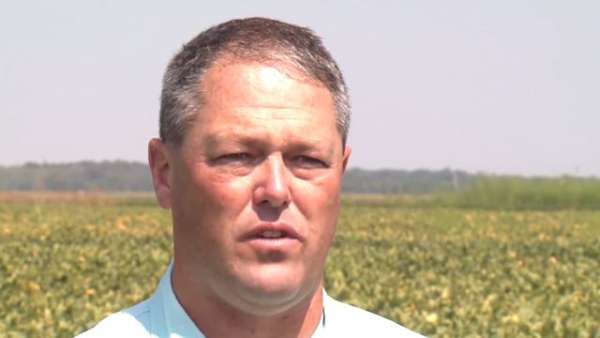
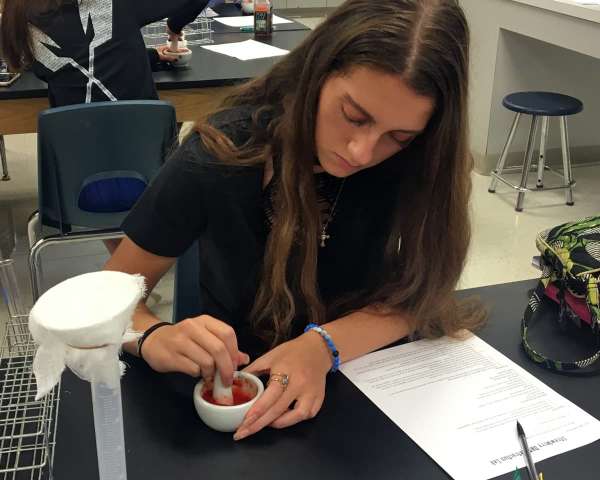
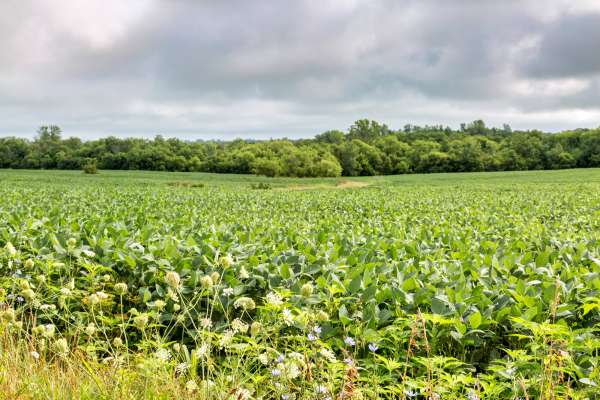
Share this